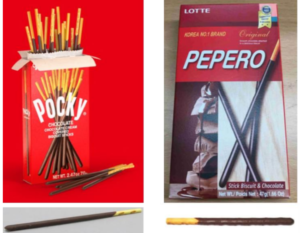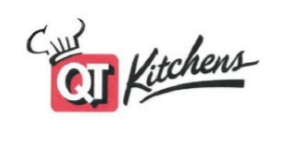Addressing how a mark’s intervening junior user’s success can affect a senior user, the US Court of Appeals for the Fourth Circuit upheld a grant of summary judgment in favor of the junior user and the issuance of a permanent injunction for any commercial use of the disputed terms by the senior user. RXD Media, LLC v. IP Application Dev. LLC, Case No. 19-1461 (4th Cir. Jan. 21, 2021) (Keenan, J.) (joined by Gregory, J., and Floyd, C.J.)
RXD and Apple (here embodied also in IP Application Development, a company formed and wholly owned by Apple for the purpose of registering the “ipad” mark) have shared a long history of trademark litigation, initiated by RXD, over the use of the “ipad” mark. Prior to this appeal, the district court ruled in favor of Apple on summary judgment and permanently enjoined RXD from commercially using the terms “ipad” or “ipod.”
RXD claimed that the district court failed to account for RXD being the “first user” of the “ipad” mark; that Apple did not establish a distinctive, secondary meaning of “ipad” before RXD’s use; that Apple failed to show a likelihood of consumer confusion based on both parties’ use of “ipad”; and that the district court erred in rejecting RXD’s claim that “two of Apple’s trademark applications were void because Apple lacked a bona fide intent to use the ‘ipad’ mark for the services listed in those applications.” The Fourth Circuit, however, was not convinced.
The Fourth Circuit found that even if RXD was technically the senior user of the mark at issue, its expanded, “wholly altered” use of the mark, which now focused on “cloud storage” services and for which it now claimed protection, was not entitled to such protection, because the use occurred “on the heels of Apple’s [i.e., the intervening junior user’s] commercial success in releasing” the iPad. By that point, Apple had already “experienced undeniable commercial success, ha[d] promoted its products through regular advertising using the mark, and ha[d] obtained extensive media coverage regarding its ‘iPad’ device.” As such, the Court concluded that Apple’s “ipad” mark was strong and distinctive, noting that consumers were likely to and had already experienced confusion regarding the “ipad” mark. The Court further concluded that, because RXD was a “proven infringer” of the mark, injunctive relief ordered by the district court in favor of Apple was justified. Finally, the Court rejected RXD’s intent argument, stating that Apple was not required to prove a bona fide intent to use the mark for services it did not identify in its relevant trademark applications—Apple’s development of “cloud storage” services, while not explicitly named in Apple’s trademark applications, was encompassed by “the context of the strength of Apple’s brand” and was within the “breadth of [its] products and services.”
Practice Note: Practitioners should take careful note of how their clients use their mark, even if such use can be technically classified as “senior,” and how the mark evolved over time and whether it happened to change coinciding [...]
Continue Reading
read more


 Subscribe
Subscribe





